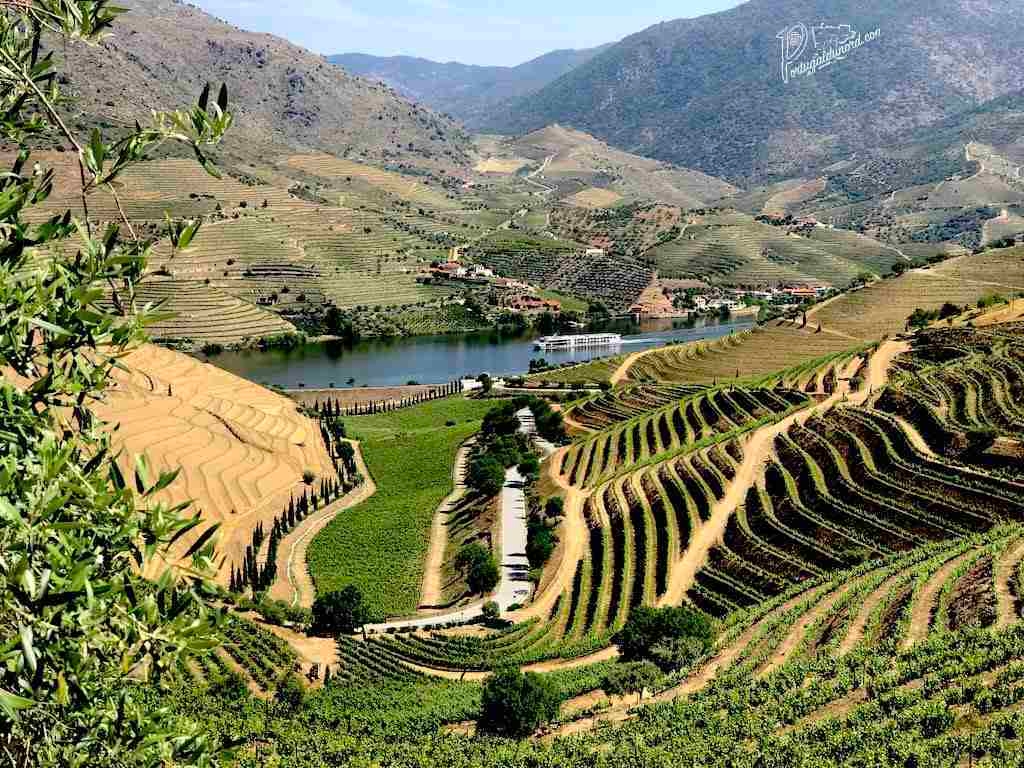
In the northeast of Portugal, where the River Douro draws a natural border with Spain, lies one of the country’s most breathtaking natural parks : the Douro International Natural Park. Created in 1998, this protected area covers nearly 85,000 hectares and follows the course of the Douro for over a hundred kilometres. Still little-known among travellers, it remains an authentic destination where wild nature blends seamlessly with the age-old traditions of the border villages, a place so peaceful you’ll feel time itself has slowed down.
A unique landscape of cliffs and gorges
The Douro is best known for flowing through Porto and its world-famous vineyards, but here, it reveals an entirely different side. Between the towns of Miranda do Douro and Barca d’Alva, the river carves out deep valleys, sometimes over 200 metres high, forming awe-inspiring landscapes. These steep cliffs contrast beautifully with the gentler plateaus, where olive groves, vineyards and pastures stretch out as far as the eye can see.
Sculpted by erosion over the centuries, these dramatic landscapes feel almost theatrical. From viewpoints like São João das Arribas or the Penedo Durão Lookout, the view over the river is simply spectacular. You might even catch yourself holding your breath, the scenery is that powerful. Standing there, surrounded by silence, you can almost feel the edge of the world, broken only by the wind or the cry of a soaring bird of prey.
A sanctuary for birds
The Douro International Natural Park is often called “the wild frontier”, and rightly so, it’s an exceptional refuge for wildlife, especially birds. Its cliffs shelter some of the largest populations of birds of prey in Europe, including griffon vultures, Egyptian vultures (an endangered species), golden eagles, Bonelli’s eagles and peregrine falcons.
These majestic birds make their nests safely along the rocky escarpments. The park is a paradise for birdwatchers, with several observatories offering the chance to admire these creatures in their natural habitat. A little tip: bring binoculars and a good dose of patience, nature doesn’t work on human schedules!
The riverbanks are equally rich in biodiversity: otters, foxes and wild boars share the territory with rarer species like the black stork or the eagle owl. Every walk feels like a nature documentary, just without the narrator’s voice.
A living and cultural frontier
This natural park isn’t just about wilderness, it’s also deeply shaped by the history and culture of the people who live here. Straddling the border between Portugal and Spain, it has long been both a zone of exchange and a place of isolation, something you can still sense in the resilience and warmth of its inhabitants.
The villages within the park, such as Miranda do Douro, Freixo de Espada à Cinta and Sendim, have preserved a unique heritage. In Miranda do Douro, locals still speak Mirandese, officially recognised as Portugal’s second language. Traditional pastoral life, the Pauliteiros dance (a symbolic warrior dance), and religious festivals continue to mark the rhythm of local life.
Craftsmanship remains essential here too : weaving, pottery, cheese-making and honey production showcase skills passed down through generations. Everything here feels genuine, handmade, and delightfully unhurried, a true antidote to modern life.
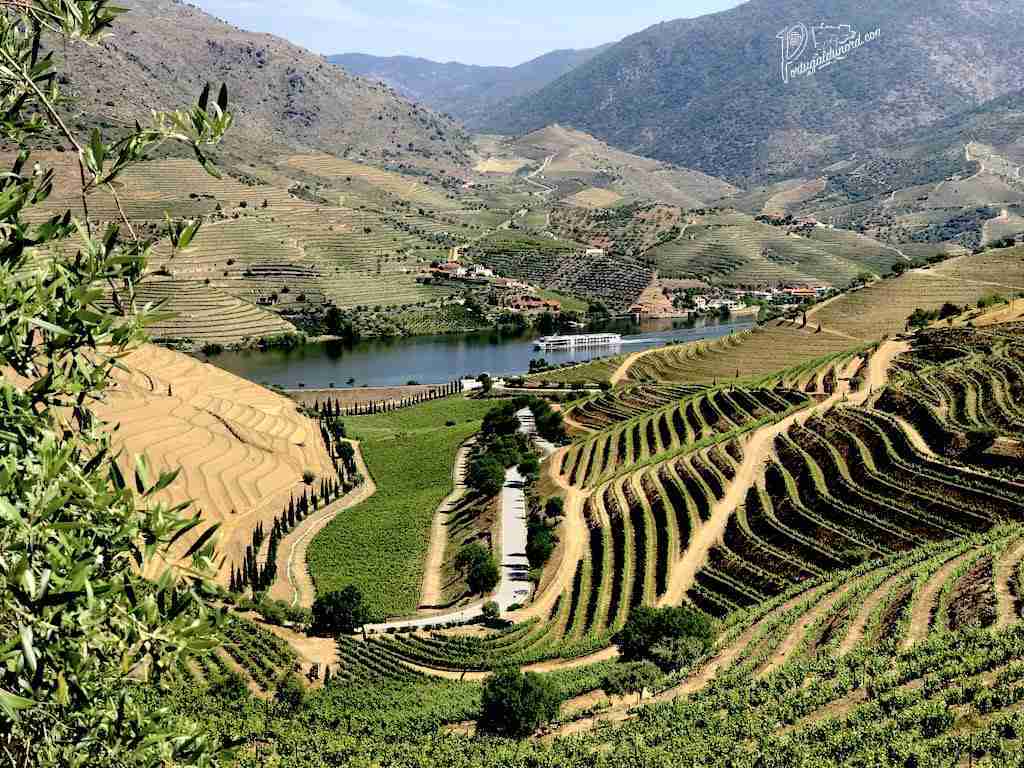
©portugaldunord
Things to do in the park
The Douro International Natural Park can be explored in many ways, that’s part of its charm. Whether you’re a hiker, a nature lover, or just here for the views, there’s something for everyone.
Hiking and nature watching
Numerous trails let you discover the region, either along the cliffs or through nearby villages. These marked routes are a great opportunity to observe Mediterranean flora, almond trees, holm oaks, rockroses and broom bring colour to the landscape throughout the seasons.
For those who love wildlife, there are birdwatching routes too, often guided by local experts who know the best spots to see a raptor in full flight. And between stops, a picnic overlooking the valley is the perfect way to recharge, and remind yourself how good life can be.
Cruises on the Douro
From the village of Miranda do Douro, you can hop on a relaxed river cruise and admire the grandeur of the gorges and green landscapes from the water. It’s one of those moments when you feel small in the best possible way, surrounded by nature’s majesty. If you’re lucky, you might even spot an otter playing along the riverbanks.
Cultural discoveries
The park is also a great excuse to explore the region’s charming villages. In Freixo de Espada à Cinta, you can discover the traditional silk-making craft, a unique local heritage still done entirely by hand. In Miranda do Douro, visit the cathedral, the museum, and take a stroll through the cobbled streets where the smell of freshly baked bread fills the air.
A taste of the land
Of course, no exploration of a region (especially in Portugal) is complete without sampling its cuisine. The Douro International Park is no exception : the local food is simple, hearty, and a celebration of the region’s agricultural richness.
Expect dishes like cabrito assado (roast kid), alheira de Mirandela (traditional smoked sausage), hearty soups and game stews. To finish, local sheep’s cheeses, fragrant honey and almonds make the perfect sweet ending.
When it comes to wine, the park lies on the doorstep of the Douro wine region, famed for its full-bodied reds and Port wines. Several local estates offer tastings and guided tours, a perfect blend of culture and pleasure (in moderation, of course!).
Practical tips for visiting the park
The best time to visit the Douro International Park is from spring to autumn. Between March and May, almond trees and wildflowers are in full bloom, and the weather is mild. In autumn, the vineyards turn golden and crimso, a stunning sight! Summer brings heat that can exceed 35°C, but the dry, golden landscapes have their own charm.
The park lies in a relatively remote area, so the easiest way to explore is by car. The winding roads offer incredible views, but take it slow, and make sure your brakes are in good shape !
For hikers, good shoes, plenty of water and sunscreen are essential, many trails cross arid, sun-exposed areas. Bird lovers should bring binoculars to make the most of the experience.
As for accommodation, you’ll find plenty of options, from small rural houses to boutique hotels. Some quintas (farm estates) host visitors for authentic stays among vineyards, complete with home-cooked meals and a taste of local life. Perfect for slowing down and living “the Portuguese way”.
Why the Douro International is unique
The Douro International Natural Park is a world apart, far from the crowds and the usual beach tourism. It’s a place where nature reigns supreme, where traditions endure, and where time moves at its own pace. Here, the “wild frontier” truly lives up to its name, in the heart of a grand and untouched landscape.
If you’re looking for authenticity, disconnection, and raw, unfiltered nature, the Douro is the experience you need. Between towering cliffs and traditional villages, it’s a different Portugal (more intimate, more genuine, more wild) and once you’ve been, you’ll want to come back.
Share this article
Suggested articles
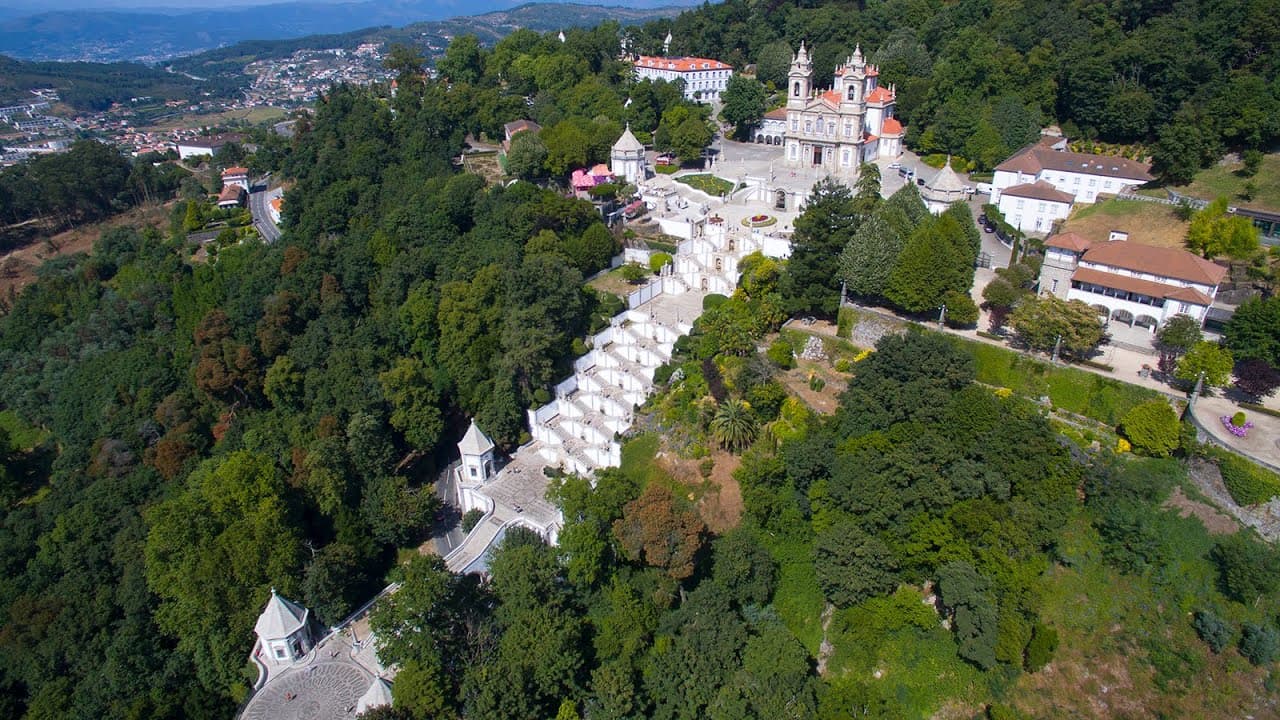
Sanctuary of Bom Jesus do Monte
Perched high above Braga, in the parish of Tenões, the Sanctuary of Bom Jesus do Monte is a place where devotion, spectacular architecture, and breathtaking views come together! This iconic site of northern Portugal has been recognised as a UNESCO World Heritage site since 2019. We’ll guide you through all the practical details, local anecdotes, and insider tips to make the most of your visit.

Natural Park of Serras de Aire and Candeeiros, between caves and dinosaurs
Imagine yourself walking along winding trails, surrounded by towering limestone formations, listening to the birds singing and the murmuring of streams… pleasant, isn’t it ?
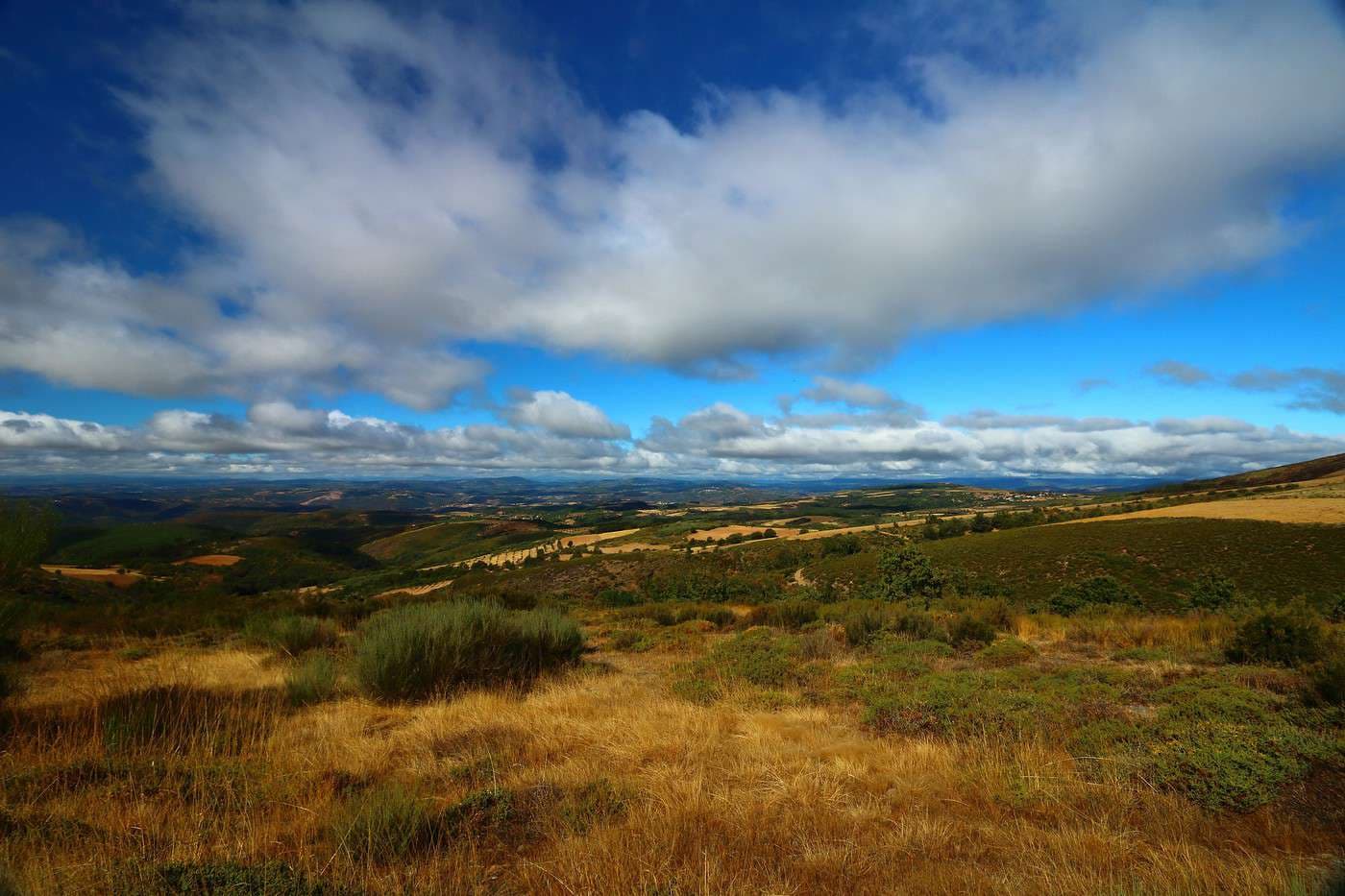
Montesinho Natural Park, rural and authentic Portugal
Portugal is often associated with its sun-drenched beaches, lively cities like Lisbon or Porto, or the gentle charm of the Algarve. And yet, in the northeast of the country, lies a region still little-known to most travellers: Trás-os-Montes. It’s here that you’ll find the Montesinho Natural Park, a vast protected area of over 75,000 hectares, created in 1979, and one of the largest in Portugal. Here, nature reigns supreme… yet coexists peacefully with traditional villages and locals who preserve an authentic rural way of life. It’s a unique destination for anyone wishing to discover a wilder, more genuine Portugal, and one that feels a little outside of time… in short, a breath of fresh air far from the crowds, just what we all need !
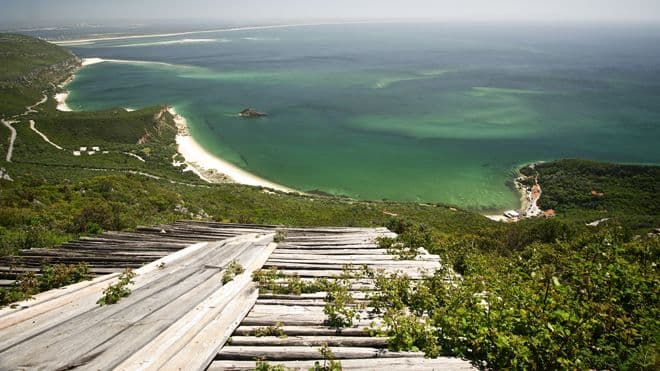
Arrábida Natural Park, between sea and mountain
This magnificent natural park, located on the southern coast of Lisbon, is a true gem of Portugal. Stretching over nearly 10,000 hectares, it combines lush green mountains and crystal-clear beaches, offering a unique panorama where the sea quite literally embraces the hills. Whether you’re a nature lover, a hiking enthusiast, or simply looking for a peaceful (and inspiring) place to escape, Arrábida is THE must-see destination. Composed of spectacular landscapes and history, this natural park is a true concentration of biodiversity that attracts visitors from Portugal and beyond every year !
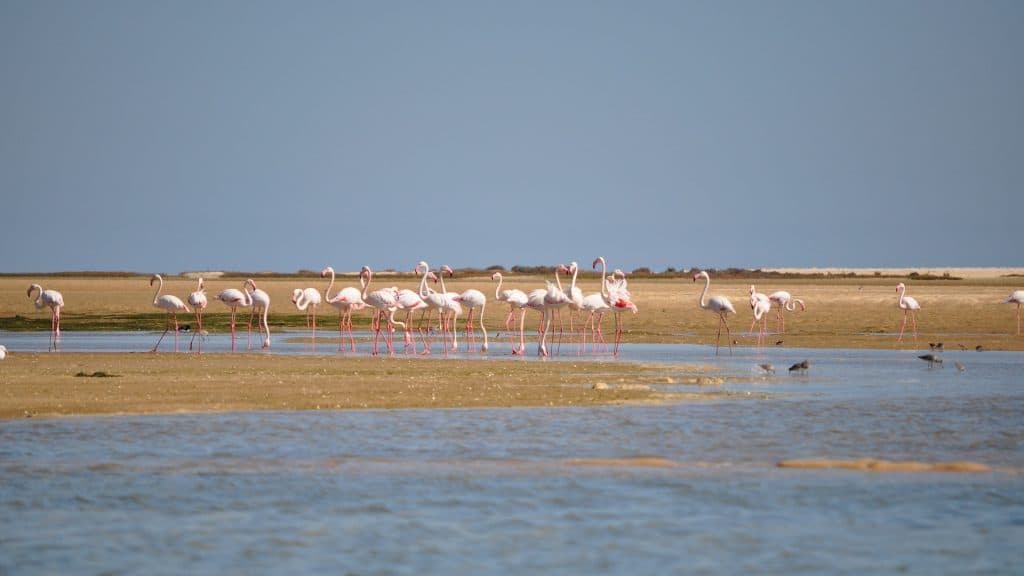
Ria Formosa Natural Park, the paradise of migratory birds
Ria Formosa Natural Park, located in the south of Portugal (in the Algarve region), is an exceptional sanctuary for migratory birds. Covering around 18,400 hectares of lagoons, salt marshes, barrier islands and coastal dunes, it’s a true natural patchwork where land and sea intertwine as far as the eye can see. This park offers an ideal habitat for hundreds of species.
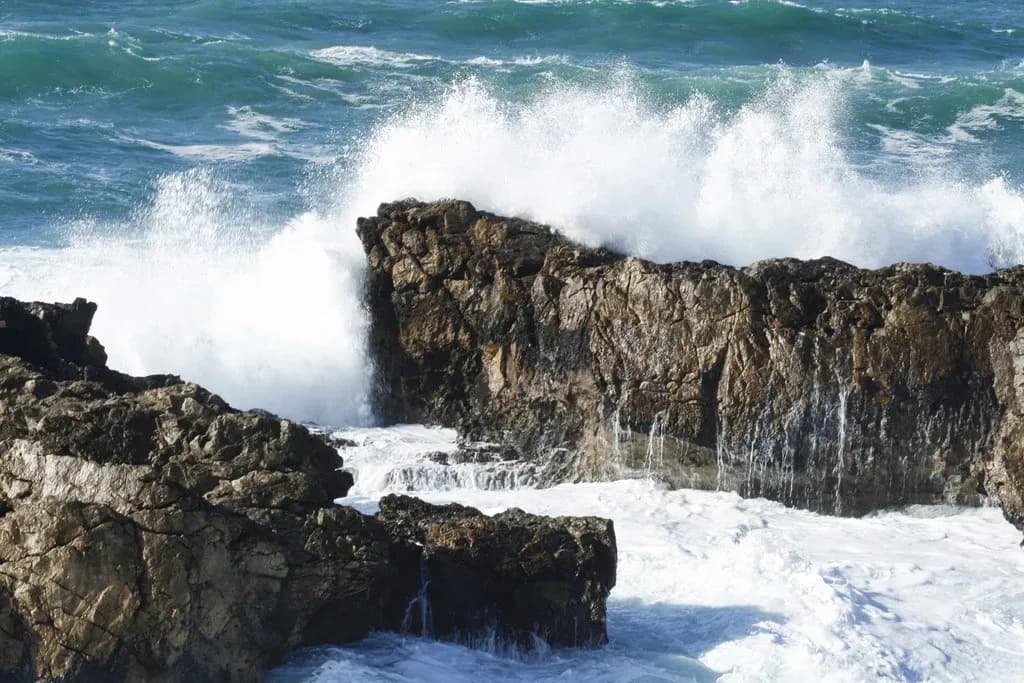
Sintra-Cascais Natural Park, between magical forest and cliffs
Located about 30 km from Lisbon, the Sintra-Cascais Natural Park is a true invitation to escape. Classified as a natural park since 1994, it stretches over around 14,500 hectares and offers a great variety of landscapes: mountains, lush forests, wild beaches and dizzying cliffs. It’s a place where nature and history seem to have made a pact… between fairytale palaces and the salty breath of the Atlantic.


